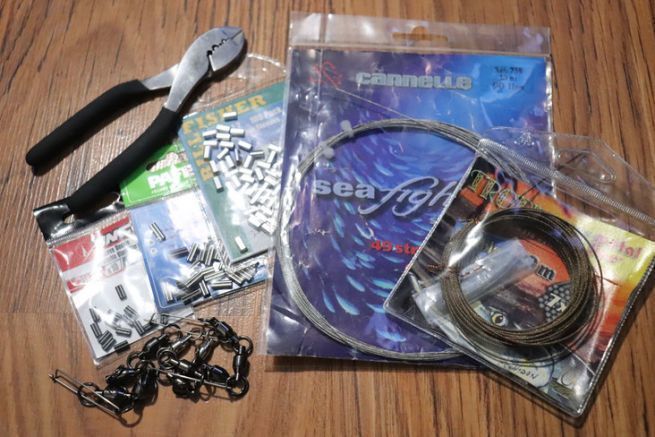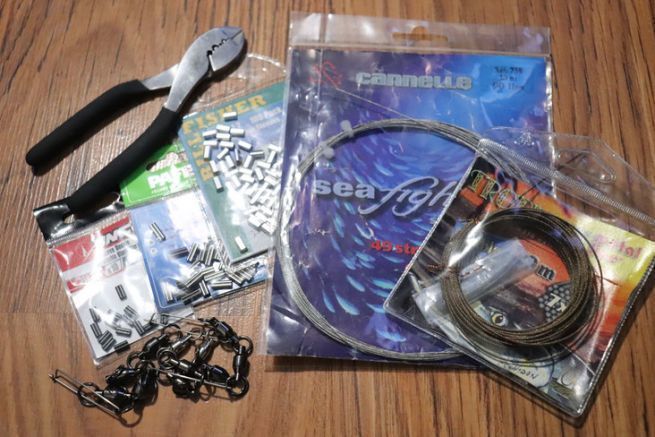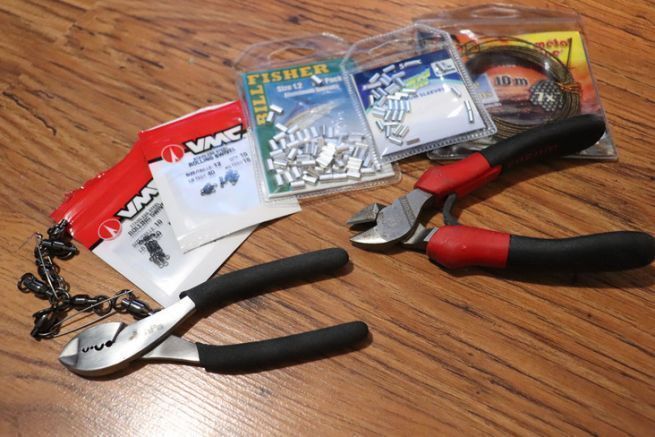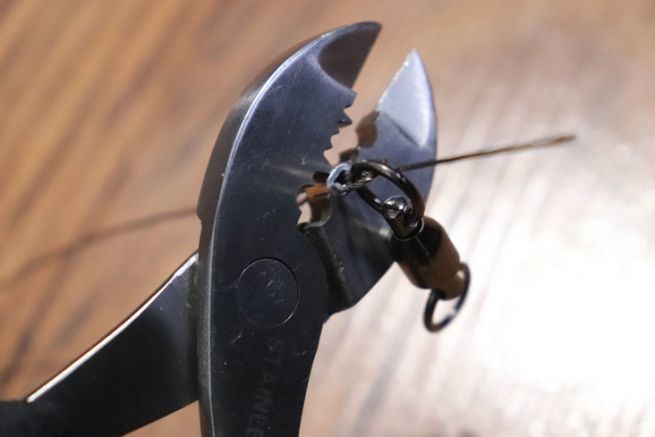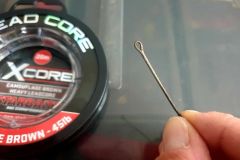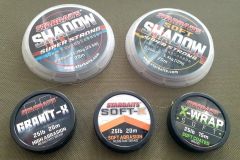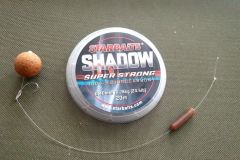Select length
Defining the length of the leader yourself is interesting, especially when making stingers to create leaders perfectly suited to the lure you wish to rig.
Playing with flexibility
The number of strands in a wire rope determines its flexibility. The more strands, the more supple. For a leader intended for static fishing, such as with bait, use a rigid wire rope with a small number of strands (7 or 19).
On the other hand, for maximum flexibility and the use of small swimming fish, for example, a leader with a large number of strands is preferable, often 49. What's more, a steel leader is much more flexible than a fluorocarbon or titanium one. A steel leader is therefore ideal for lures whose swimming quality may be affected by a leader that is too rigid.
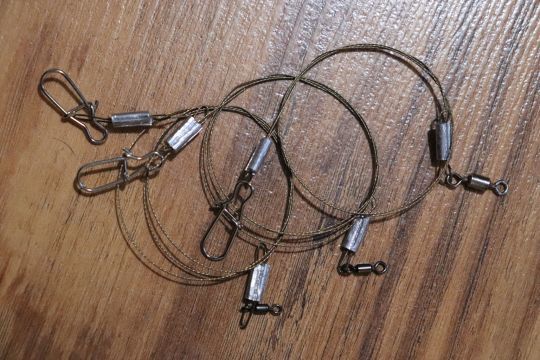
Safe fighting
A good-quality steel leader is, and always will be, more resistant than any fluorocarbon. A factor to be taken into account when dealing with the teeth of predators, particularly pike. Using this type of material is therefore essential if you want to get close to zero risk of cutting.
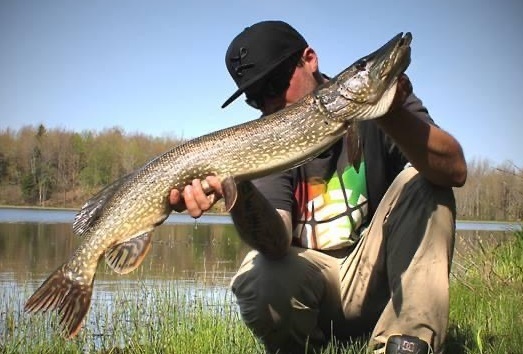
Minimizing costs
Steel leaders have a fairly short lifespan and quickly end up as corkscrew after several fish, so making them yourself means you don't have to buy a lot of pouches in the store.
Guaranteeing quality
Finally, with commercial steel leaders, it can happen that some of them are badly crimped - I've had bad experience of that myself... Making them yourself, and then testing them after making them, guarantees good crimp quality.
